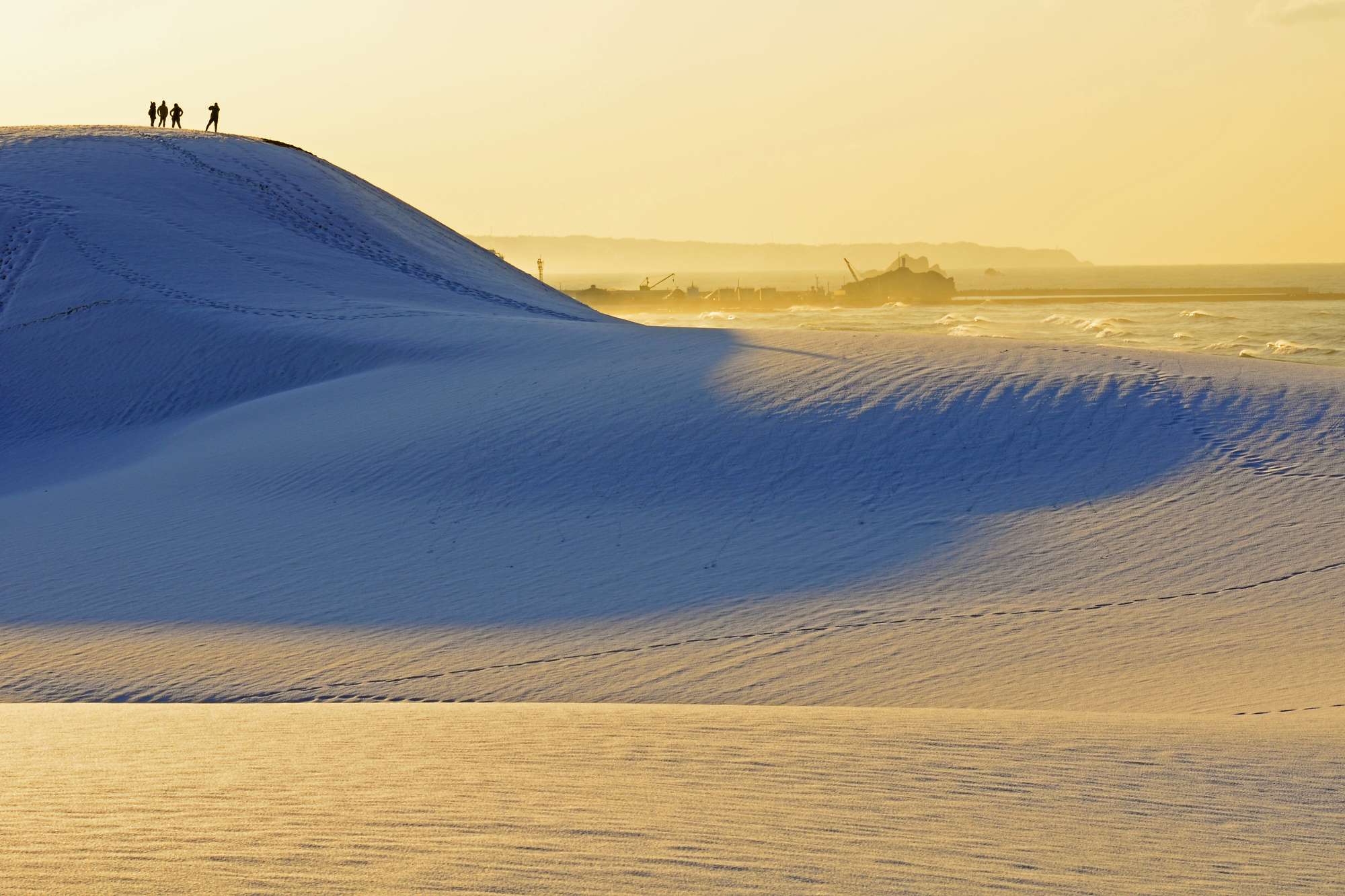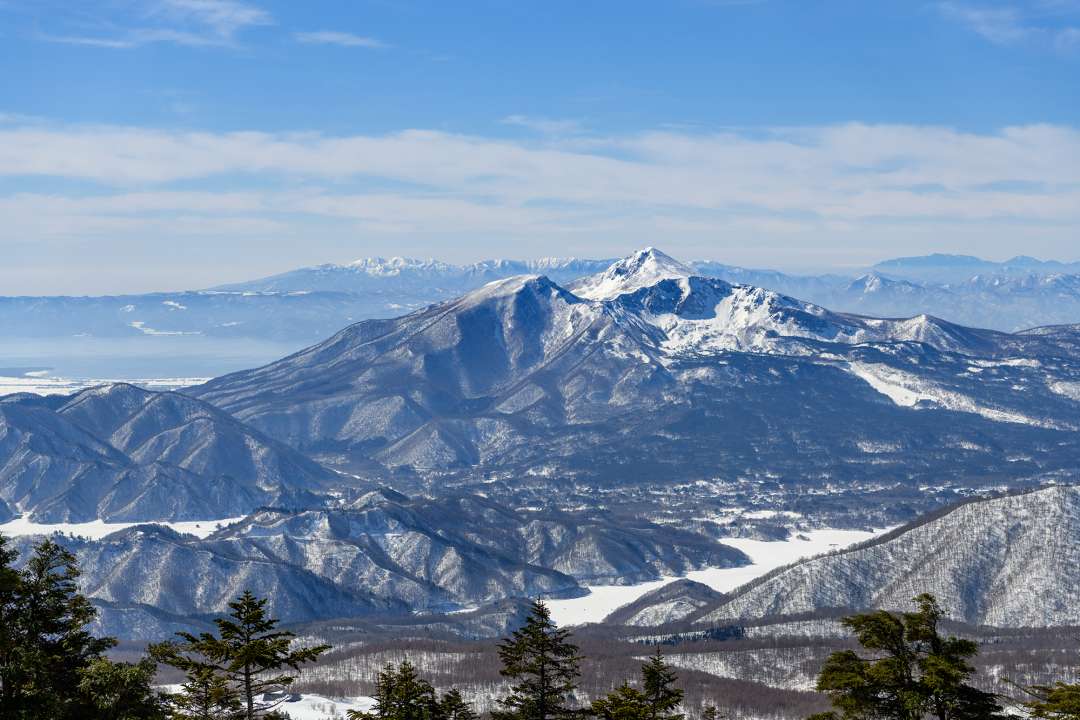
With winter having arrived, snow is now falling all across Japan. For people who are fans of snow and winter scenery, Japan is a top destination! Let's look at a few spots across the country where you can see some of the amazing winterscapes.
The Mountains
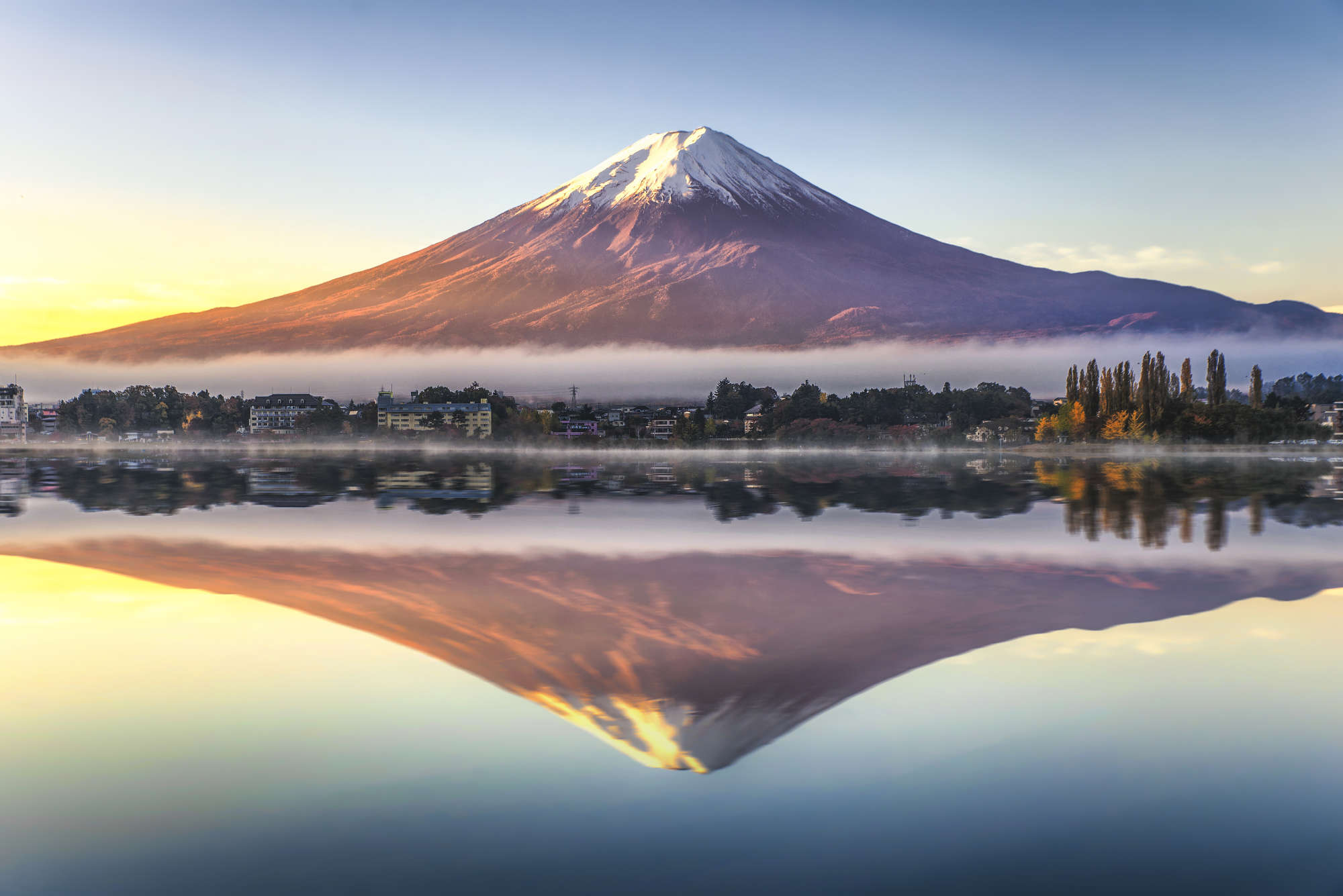
Japan’s most famous mountain, and one of the most famous mountains in the world, is Mt. Fuji. An icon of the country, it can be enjoyed in all seasons, especially in winter when it is covered in a snow cap. Views from the Fuji Five Lakes are always wonderful, especially from Lake Yamanaka and Lake Kawaguchi. But don't forget about the other lakes! Lake Motosu, Lake Shoji, and Lake Saiko all give great views of the mountain. Did you know that the picture of Mt. Fuji on the 1000 yen bill is inspired from a photo from Lake Motosu? Go and check it out in person!
It’s also important to remember that Japan is actually more than 70% mountain. Thus there are many more mountains than Mt. Fuji that are worth a visit. The Dewasanzan, a group of three mountains made famous with their relation to Shugendo, a religious practice dating to the Nara Period are one such example. They are, namely, Mt. Haguro, Mt. Gassan, and Mt. Yudono. Mt. Gassan and Mt. Yudono are closed during the winter as the area receives huge amounts of snow, however Mt. Haguro is readily accessible, as long as you are prepared for some snow and cold. A prominent feature of the mountain is a beautiful 5 storey pagoda, made ever more beautiful when it is covered by snow. The pagoda is currently under renovation work until 2025, but a visit to the pagoda and the nearby shrines will still amaze during the winter.

Other prominent mountains that are worth a view in Japan are Mt. Bandai in Fukushima Prefecture, Mt. Iwate in Iwate Prefecture, Mt. Yotei in Hokkaido (which looks very similar to Mt. Fuji), Mt. Iwaki in Aomori Prefecture, and Mt. Moiwa in Sapporo.
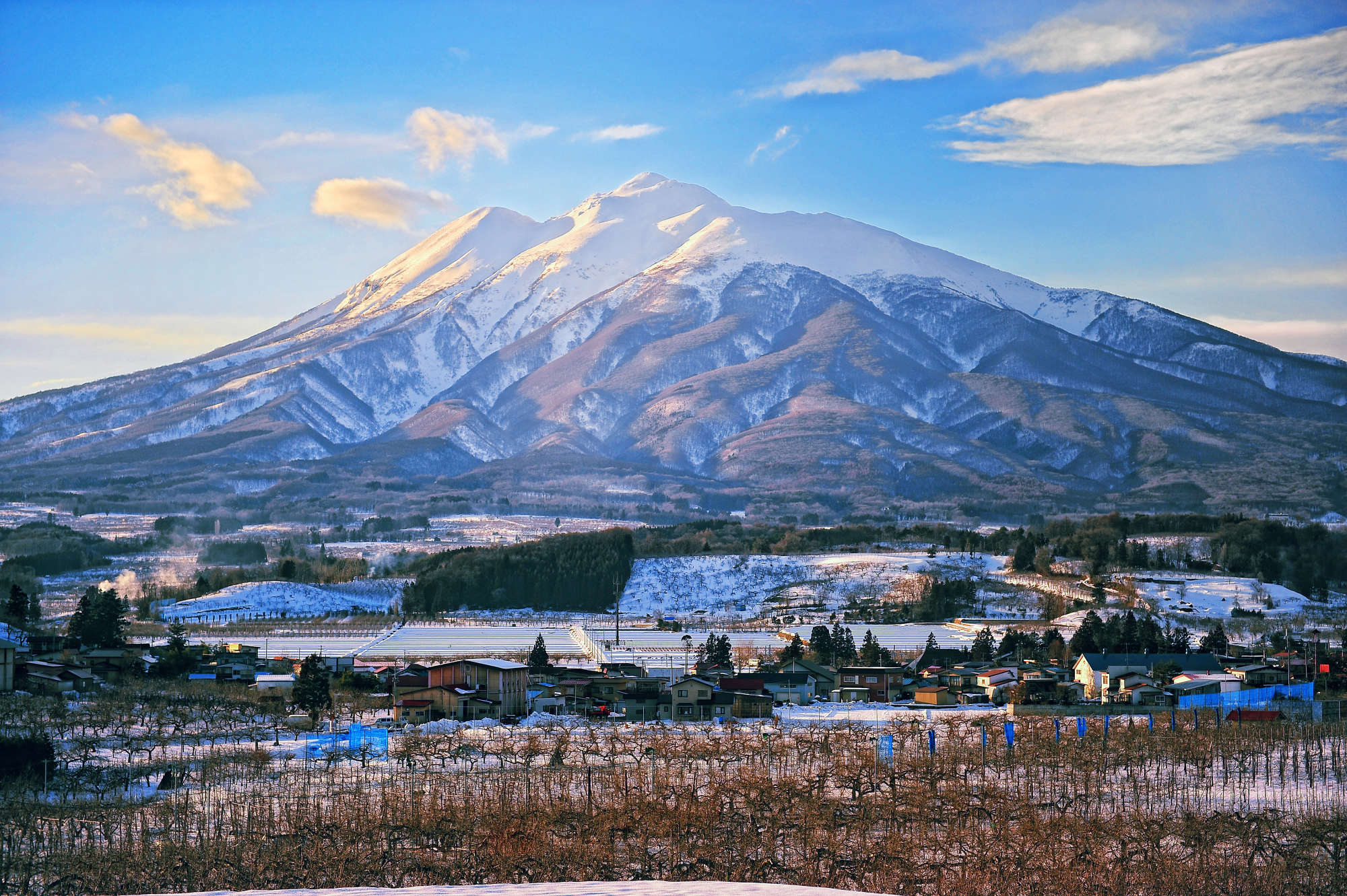
Lake Tazawa
Heading up north to Akita Prefecture, you can find Lake Tazawa. The deepest lake in the country at 423 metres, the lake is nearly circular and is thought to be a remnant of volcanic activity during Japan’s past. Still very connected to nature, the lake has a shrine on its shores that you can explore, its torii gate framing the lake and the hills and mountains behind it. There is also a bronze statue of a woman named Tatsuko, referring to a story where she drank the lake water in the pursuit of beauty. However, she was turned into a dragon afterwards and is thought to continue to protect the lake to this day. The lake in winter does not freeze over due to its depth, and the snow covered ground and mountains in the background make for perfect landscapes. For those interested in a serene and natural retreat, Lake Tazawa is a must see!

The Tottori Sand Dunes
One of the most beautiful areas of Tottori Prefecture, this meeting of the sands and sea is a distinctly unique view. But did you know that sometimes this area even gets covered in snow? Located near the city of Tottori, the sand dunes offer quite a variety of activities during the summer months, from sandboarding to camel riding. The sand can also get quite hot during this time, so make sure to wear some thick shoes! During winter, if the snow decides to fall, you can explore the snow covered sand dunes, a complete sheet of white over the sand, with the ocean waves crashing nearby. A meeting of dunes and ocean is already an amazing sight, the addition of snow makes it even more awe-inspiring.
Yamadera
Located in Yamagata Prefecture, a short ride away from Yamagata City, is the temple complex of Yamadera. Also called Risshakuji, Yamadera dates back to the 9th century. The complex is built into the mountainside, with various crevices and holes that you are able to peek into. At the bottom of the site is the temple’s main hall, the Konponchudo, and nearby is also Yamadera Hie Shrine. You can receive omamori and goshuin from these spots and from various stops along the way to the top. With a total of 1,015 steps, you are told on the way up how many steps are left before you reach the summit. You pass through the large Niomon Gate as you steadily approach the top of the complex.
The views on the way up are stunning, the holes in the rock walls and the decor around the path will keep you amazed the entire way. Once you reach the summit, you are given even better views of the surrounding valleys from the Godaido Hall. When visiting in winter, the entire complex will be covered in snow, a winter wonderland of white that contrasts with grey and red of the path and Niomon Gate. When visiting in cooler seasons, make sure to have shoes with good grip, as the path can get quite slippery!
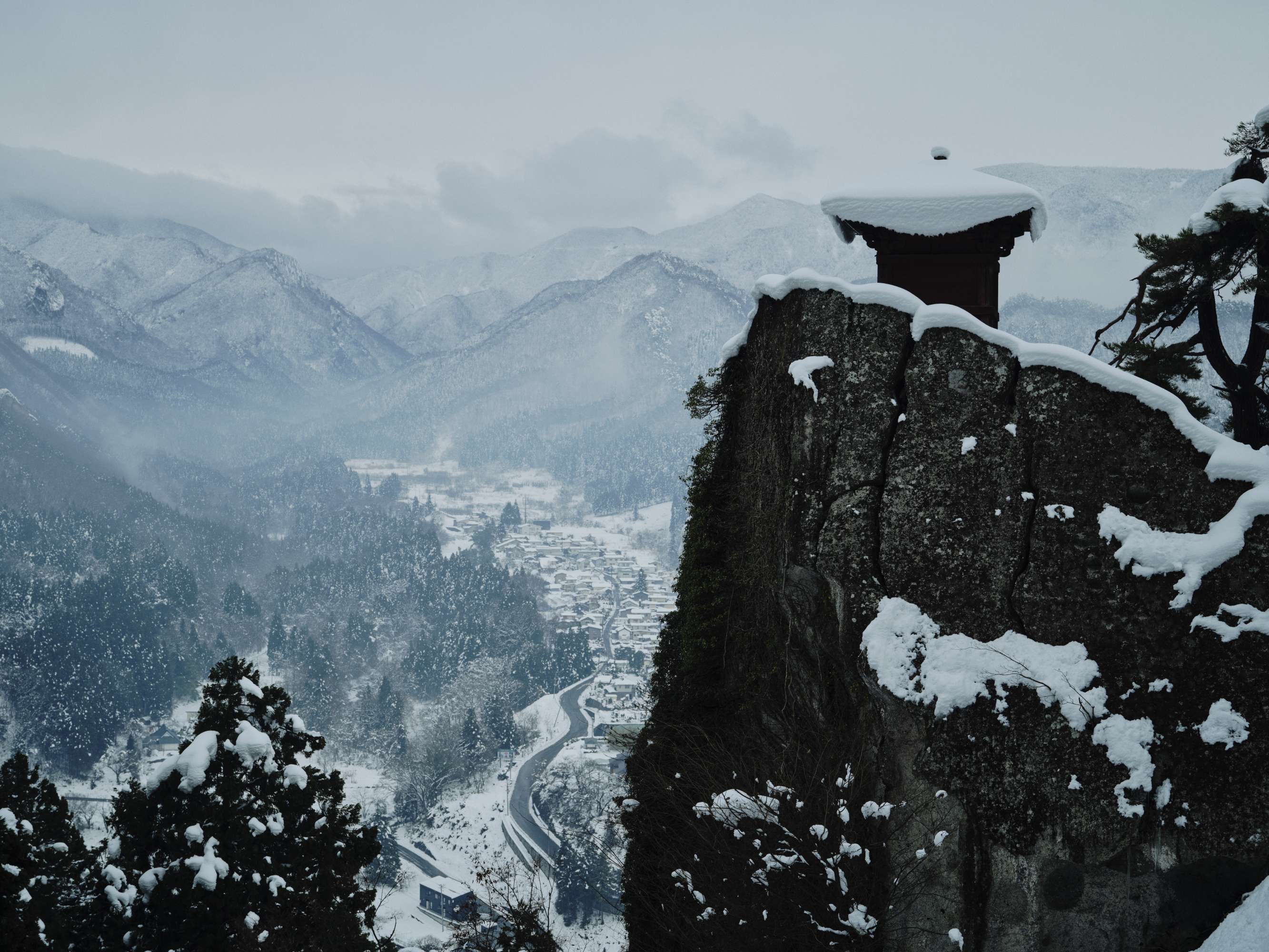
The Shiretoko Peninsula
You can’t mention winter without mentioning Hokkaido. And this time we’ll be travelling outside the main cities to some of the more remote areas of the island. Located on the eastern side of Hokkaido, the Shiretoko Peninsula has some of the best natural features and nature in all of Japan. One of Japan’s national parks, Shiretoko National Park features a multitude of hiking trails, waterfalls, and other outdoor activities. Winter brings chills but the ability to go on sea eagle seeing tours or see the drift ice that flows in from the surrounding seas. You can even walk on the ice that comes in, a unique experience not found in many other places.

The seafood in the area is also some of the top in the country, ranging from uni to mackerel. Onsens are also prevalent in the area, take a trip over to Utoro to experience some much needed relaxation! The Shiretoko Peninsula and the national park are expansive, roads do not service the entire area, but that goes to show the overwhelming natural aspect of the park, a mesmerising piece of untouched land.
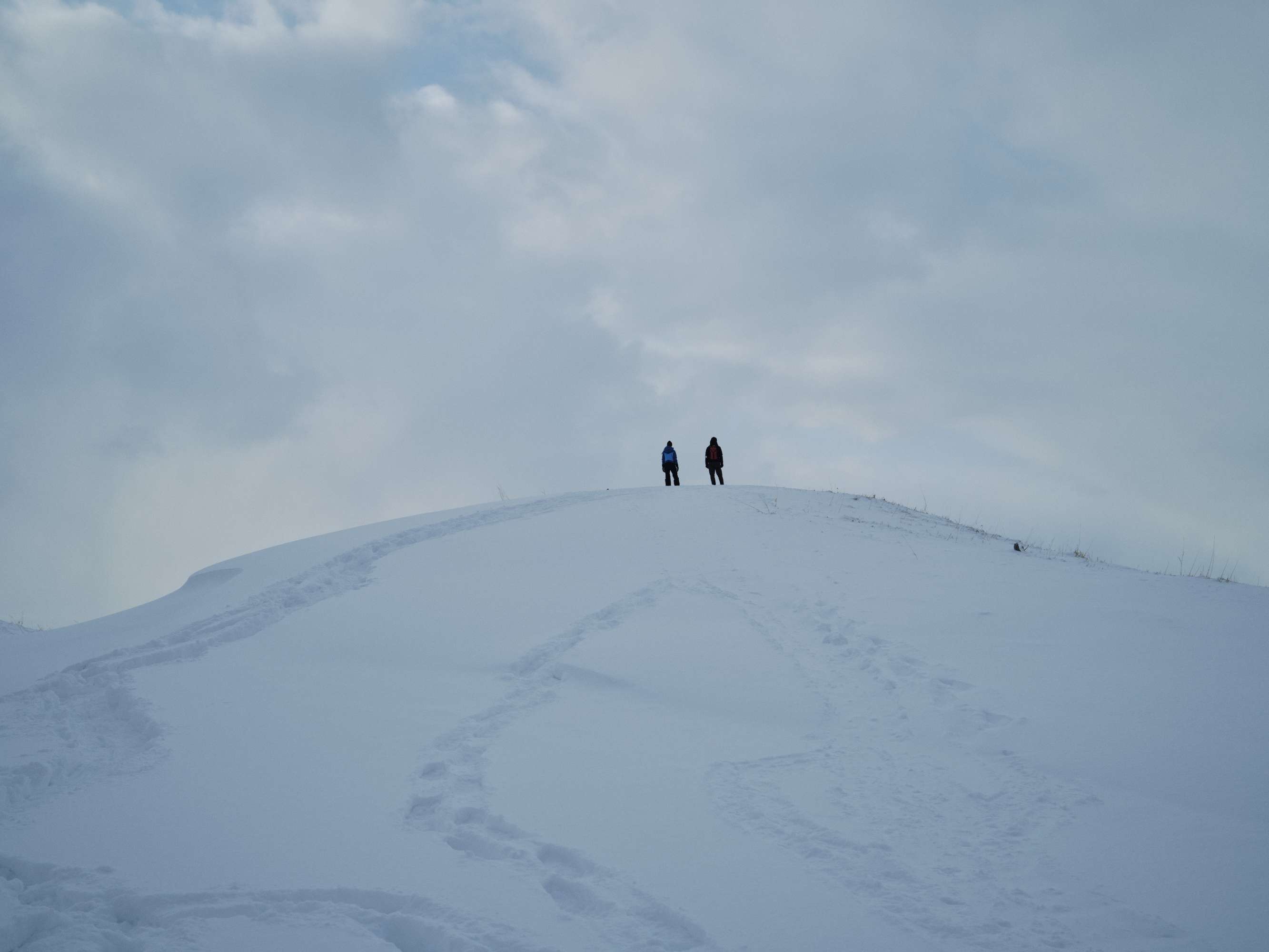
Japan in winter is a wonderland. From the iconic Mt. Fuji to walking over drift ice off the coast of Hokkaido, it offers an expansive selection of activities throughout the country. So prepare your winter boots and your thick coats and get yourself out to winter Japan!
To stay up to date with all the latest happenings in Japan follow us on Facebook or Instagram.

















































